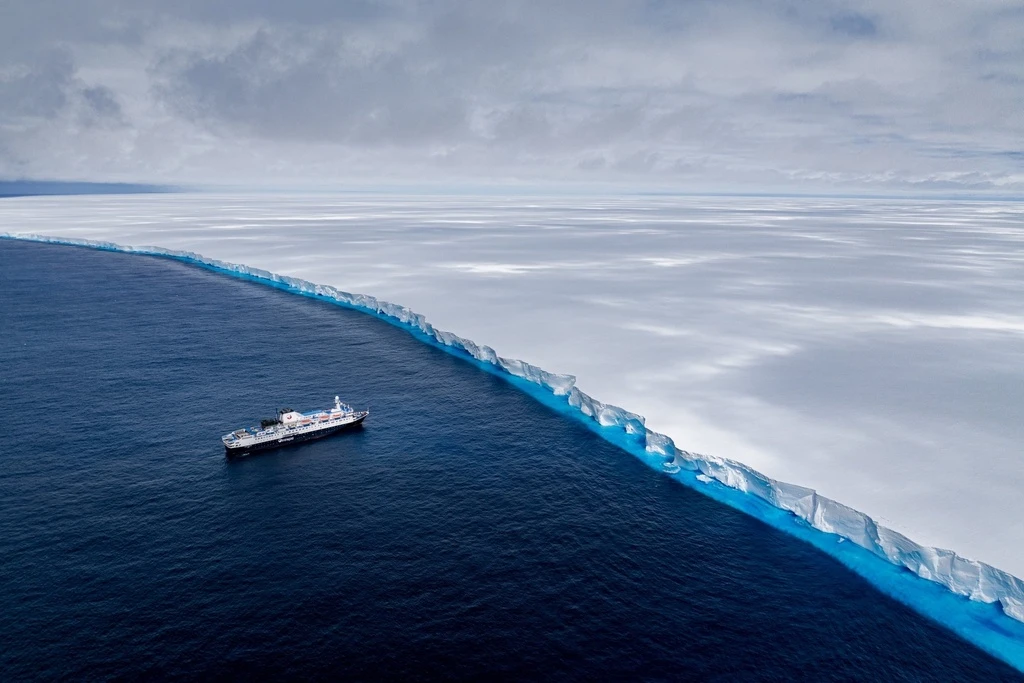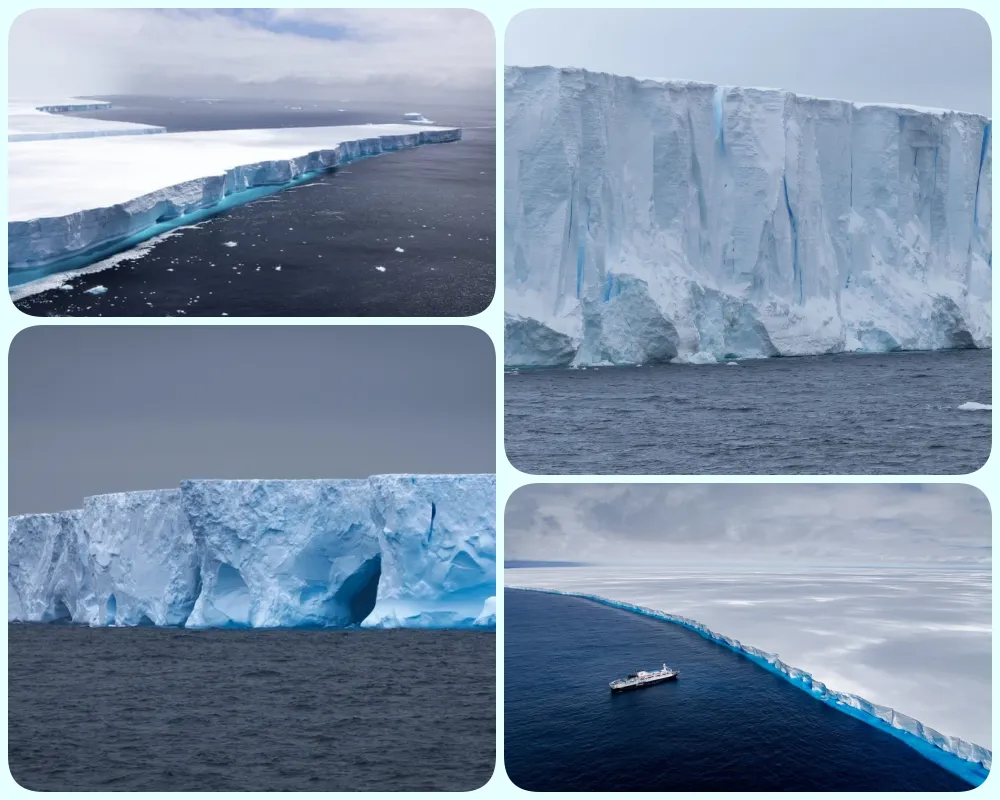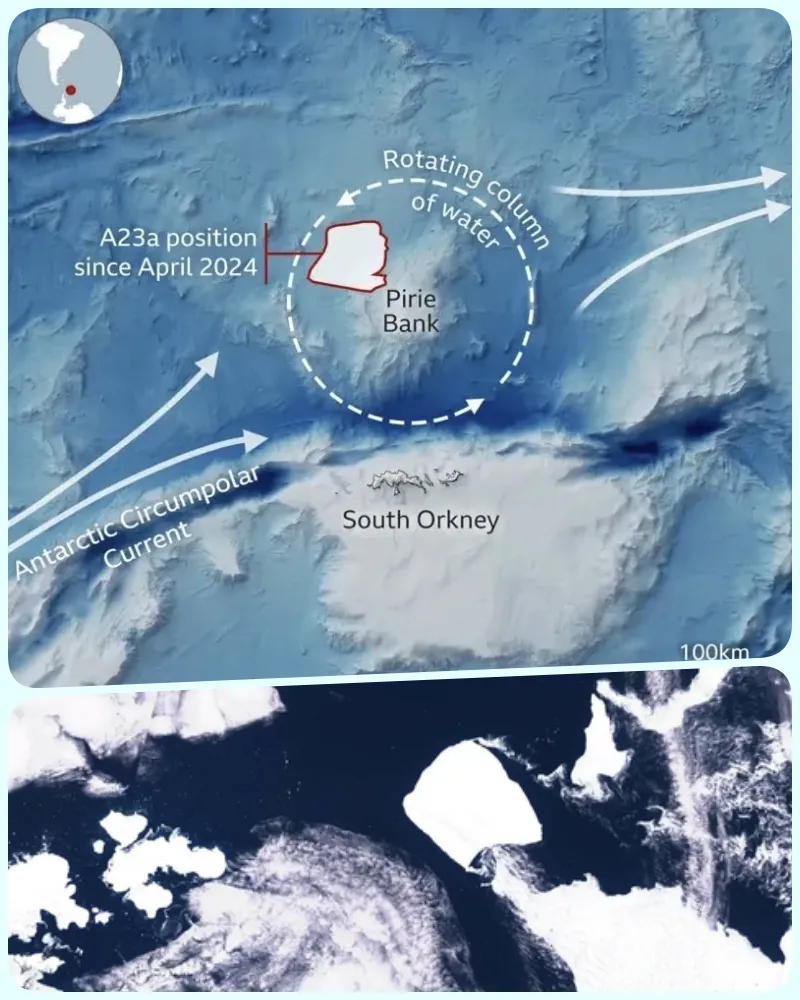
World’s Largest Iceberg A23a: Latest Developments
The world’s largest iceberg, designated A23a, has caught the attention of experts when it unexpectedly returned to its original location after more than five months of moving across the northern tip of the Antarctic Peninsula. On August 4, the BBC reported that A23a had returned to its starting point north of Antarctica, when it should have been drifting with the Earth’s strongest ocean current.

Origin and Movement of Iceberg A23a
A23a began to break away from the Filchner-Ronne Ice Shelf in West Antarctica in 1986, but became trapped in the Weddell Sea. For nearly 30 years, the 1,000-billion-ton iceberg showed little movement. By 2020, A23a had begun to move, slowly drifting and eventually reaching warmer waters.
In November 2023, satellite images showed that the iceberg had drifted past the northern tip of the Antarctic Peninsula, helped by strong winds and ocean currents. In early April, A23a entered the Antarctic Circumpolar Current (ACC), the largest ocean current in existence, which flows clockwise around Antarctica. Scientists predicted that A23a would continue to drift toward the South Atlantic and melt.
The Truth About A23a’s Current Location
However, the actual results were different. The world’s largest iceberg is still located north of the South Orkney Islands, moving counterclockwise at about 15 degrees per day, according to the BBC. At its current rate of movement, A23a’s lifespan could be extended.
Experts Explain
Professor Mark Brandon, a polar expert, said that icebergs usually break up and melt over time. However, A23a did not follow this rule. He called A23a “the iceberg that would not ‘die'”.

According to research by physicist Sir Geoffrey Ingram Taylor in 1920, a type of vortex blocked A23a from following the expected ocean current. This vortex was formed by the presence of Pirie Bank, a ridge on the ocean floor about 100 km wide. When a flow encounters an obstacle, under the right conditions, the flow will split into two separate streams and create a rotating mass of water that surrounds the obstacle.
The Importance of A23a Research
The BBC commented that the iceberg three times the size of New York is a real-life illustration of the shape of the sea floor. Factors such as mountains, canyons and ridges have a significant influence on ocean currents, and the study of A23a helps us better understand this phenomenon.
Photo: Andrew Miller./ Nguyen Ngoc Thien./IBSCO/Nasa, BBC.






